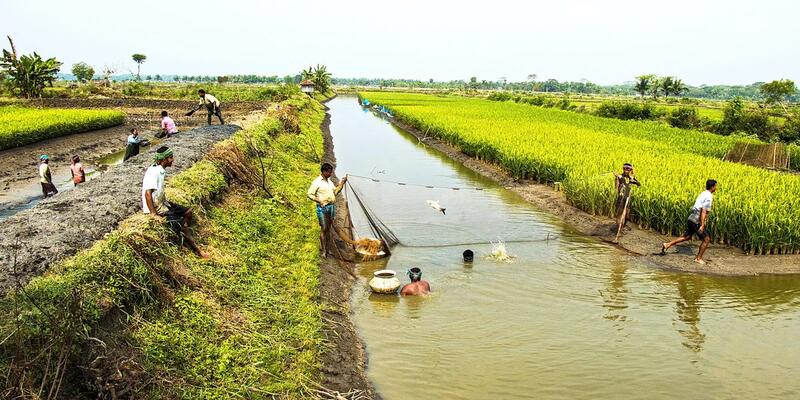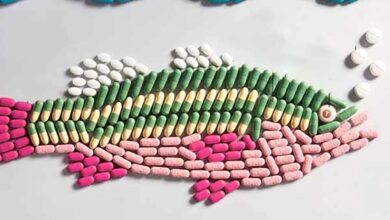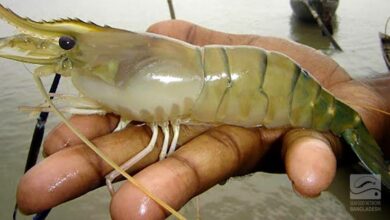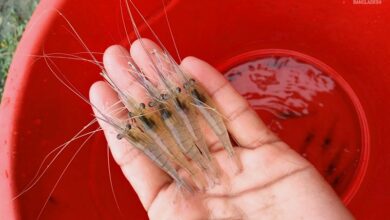
Integrated aquaculture technique:
The practice of raising fish with other species (plants or livestock) is known as integrated aquaculture. This technique’s main goal is to produce the most with the least amount of input in the shortest amount of time. Integrated aquaculture refers to the integration of two or more farming pursuits, at least one of which involves the raising of fish.
Types of Integrated aquaculture technique:
The food business is searching for sustainable solutions due to the growing standards, guidelines, and regulations for selling food items in numerous international markets. A strategy used by producers to enhance their sustainability profile is the implementation of integrated aquaculture systems. This technology combines the cultivation of crops or livestock with the polyculture of fish.
- Plant cum fish culture (Fish mixed with maize, sorghum, millet, beans, peas, and maize, bananas, squash, ginger, or eggplant, coconut trees farming)
- Livestock cum fish culture (Fish mixed with pig, duck, chicken, cattle, rabbit, poultry farming)
Numerous non-governmental organizations (NGOs) have been working on rice-fish culture since the 1990s. Macrobrachium rosenbergii, a type of prawn, is currently excited about increased profit and diversified product. Labeo rohita (Rohu), Catla catla (Catla), Cirrhina mrigala (Mrigel), Cyprinus carpio (Common and Mirror carp), Hypophthalmichthys molitrix (Silver carp), Tilapia sp. (Tilapia), Thai barb (Puntius gonionotus), and giant freshwater prawn (M. rosenbergii) are the principal fish species employed.
One kind of system is aquaponics, where plants and fish are grown together and the nutrient-rich water that is left over after fish waste is processed is fed to the plants rather than being discarded. Encouraging Integrated Multi-Trophic Aquaculture (IMTA), an innovative approach of producing finfish with shellfish like oysters and marine plants like seaweeds, is one of the main tactics now in use.
Importance of this:
By adhering to a few guidelines, integrated fish farming can serve as an example of sustainable food production. Water is recycled through biological filtration and re-circulation. The waste products of one biological system serve as nutrients for another. The blending of fish and plants results in a polyculture that boosts yields of multiple products. Local food production increases access to healthful foods and strengthens the local economy.
Together with agriculture or livestock, fish culture is also a unique and profitable endeavor that boosts farm income, offers a cheap source of protein to the agricultural population, boosts productivity on small landholdings, and expands the supply of feed for farm animals.
The culture of rice and fish on the same plot of land is known as rice-fish farming. While the number of fishponds in Bangladesh may be set, there are a lot of paddy and rice fields, and a sizable fraction of these fields are ideal for rice-fish culture. When compared to rice culture alone, rice-fish cultivation can yield higher yields. Since fish eat insects and pests for food, they can reduce insects and other pests that harm the paddy. The rice crop becomes more fertile when semi-fecal or fecal components released from the fish body are used as fertilizer. It is possible to make 60% more money in the Boro season and 90% more in the Aman season.
It also has a significant impact on strengthening the sector’s resistance to climate change and lowering its susceptibility.
Farhana Islam
Agriculturist, Researcher
Fisheries Resource Management, CVASU




